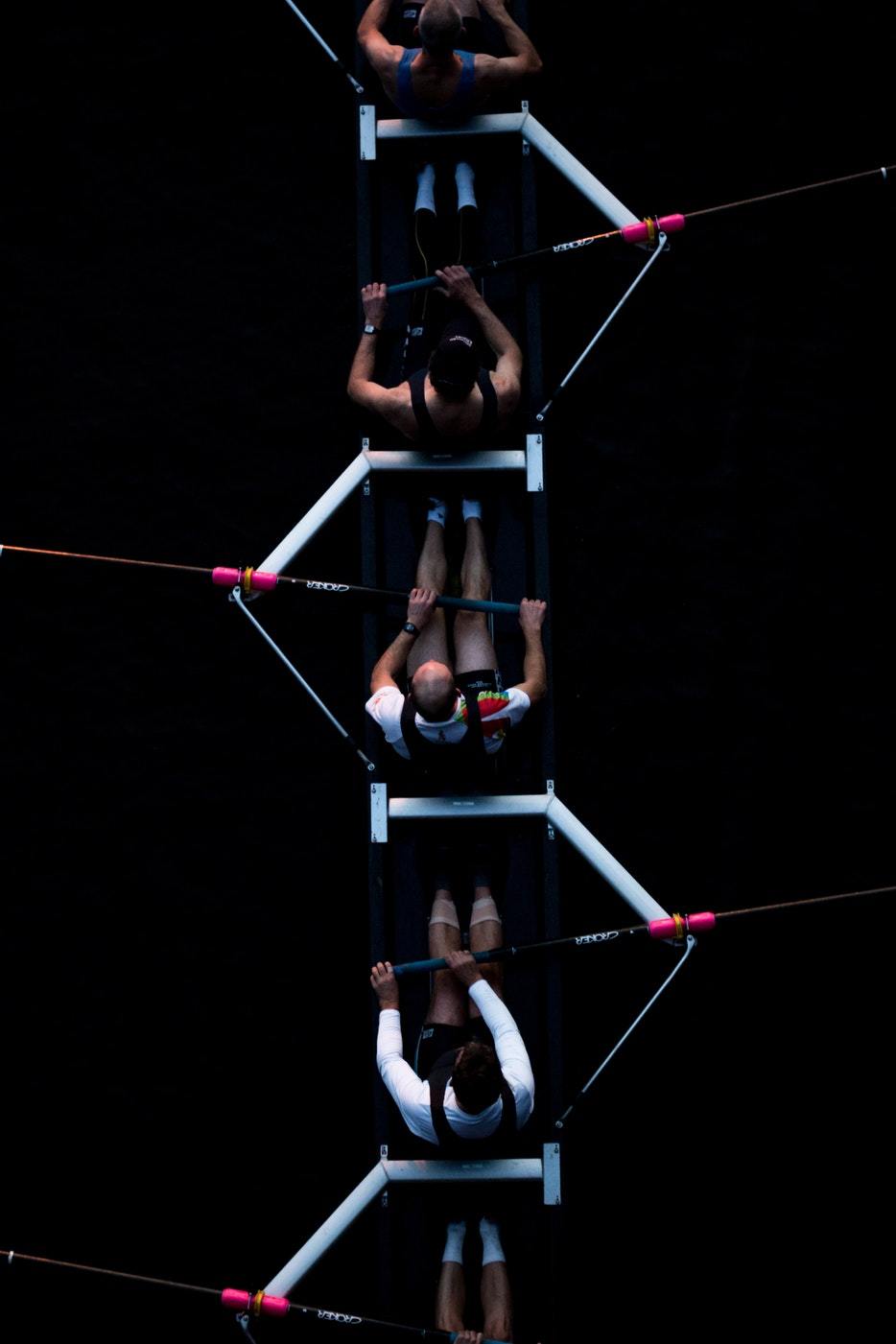The sleek hulls of racing boats are designed to minimize drag, but there’s optimization to the oars as well. Mathematical models – and the history of rowing – indicate that shorter oars are more ideal for the sprint-style races seen in the Olympics. Shorter oars may be less efficient at transferring energy, but they’re easier to move quickly, and an athlete’s higher stroke rate more than makes up for the loss of efficiency. (Note that the advantage only holds for sprint events; in endurance events, a longer oar is preferable because holding a high stroke rate for a long time is difficult.)
Physicists have taken this a step further by building a mathematical model that predicts the optimal oar length for a given athlete, based on their height, strength, and other characteristics. They validated their modeling with a robotic rowboat. They note, however, that the effects are really only useful for elite rowers. Amateurs are better served by learning proper technique than they are by using an optimal length oar. (Image credit: J. Calabrese; research credit: R. Labbé et al.; via APS Physics)
We’re celebrating the Olympics with sports-themed fluid dynamics. Learn how surface roughness affects a volleyball serve, see the wingtip vortices of sail boats, and find out about the physics of surfing. And don’t forget to come back next week for more!






